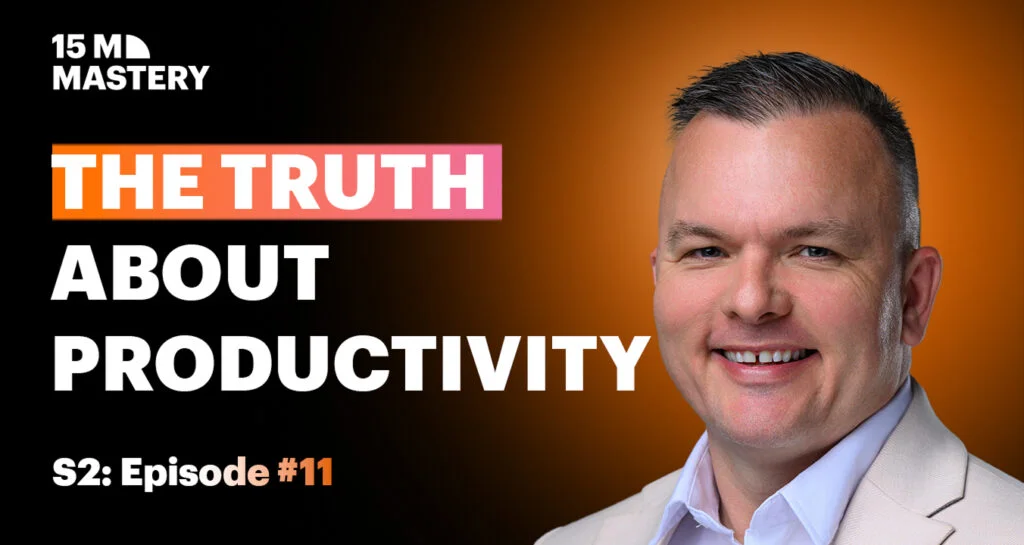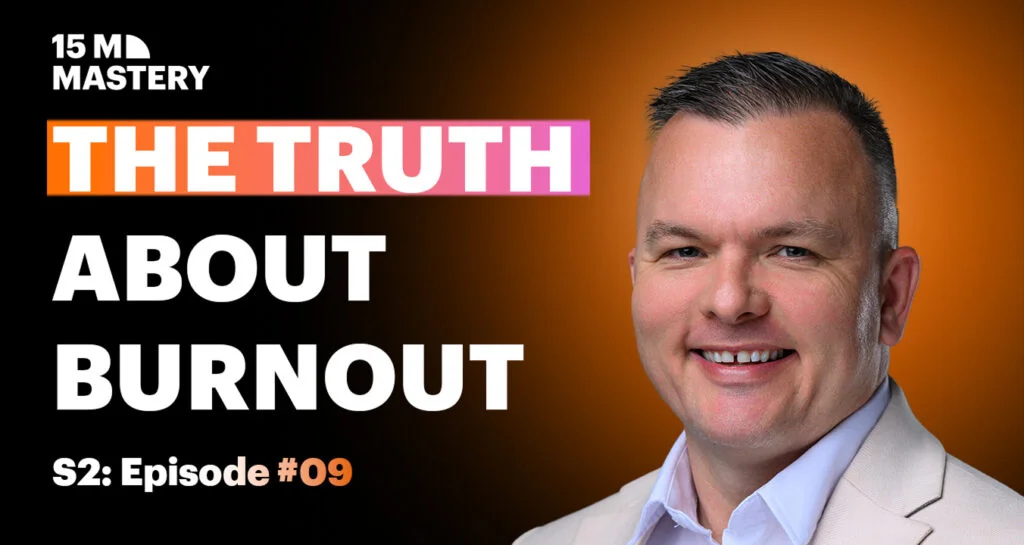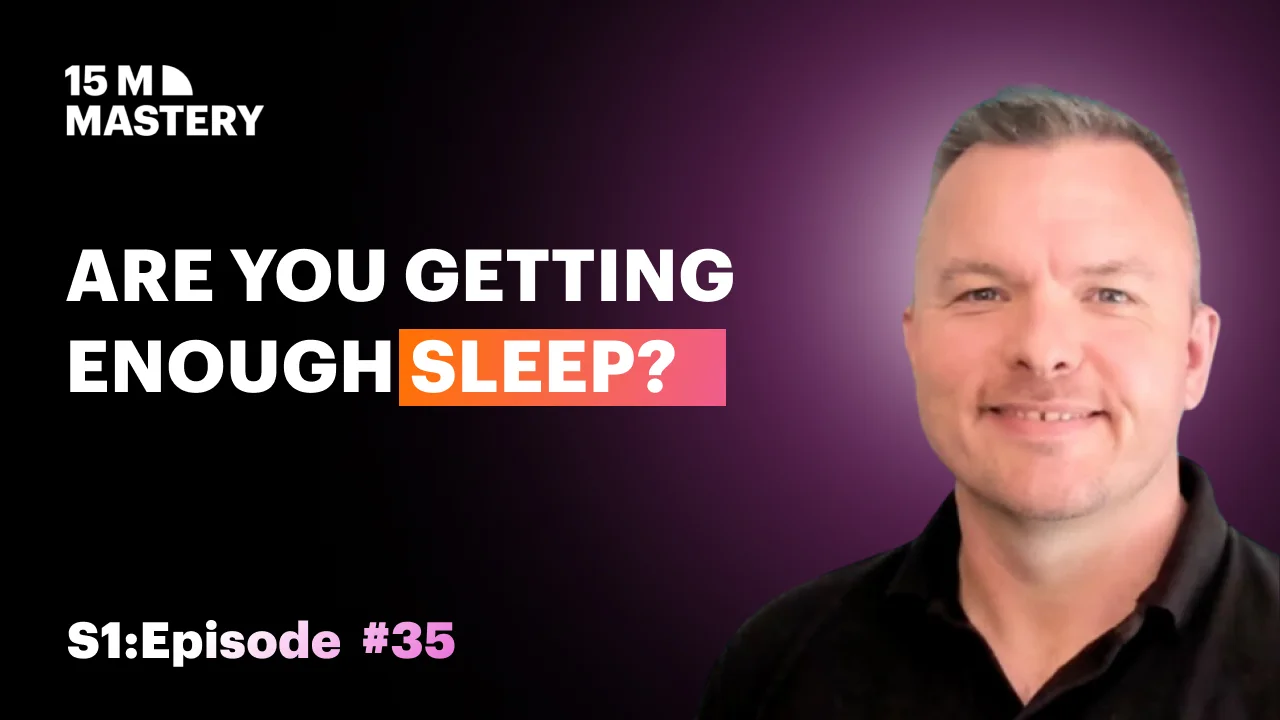Stop Chasing Work-Life Balance: How High Performers Thrive by Integrating Life and Work
Why is switching off from work so difficult?
The difficulty in disengaging from work isn’t about setting rigid boundaries, but rather about where we naturally place our focus. Judkins is clear and controversial about it: “Work-life balance doesn’t exist. It’s not a thing,” he says. “Trying to find work-life balance is one of the key reasons people don’t find balance in their lives.”
Instead, he positions work as one component of a larger life circle that includes relationships, friends, hobbies, and relaxation. Problems arise when you allow work to dominate the “bubble,” crowding out everything else. The solution lies not in chasing balance, but in actively expanding the other important areas of your life.
How can you create effective boundaries?
Setting clear boundaries starts with choosing to prioritise areas other than work, even if it’s challenging. Judkins explains it like this: your responsibility as a high achiever keeps work consistently on your mind. “As business owners,” he says, “it’s the last thing you go to bed with and the first thing you wake up with.” Rather than fighting this natural tendency, it’s better to proactively schedule personal activities and view them as committed time slots.
Judkins emphasises making these commitments non-negotiable. Planning and safeguarding your personal time strengthens your focus muscle, forcing you to be fully present in each moment. He concludes: “You must crowd in to crowd out,” meaning intentionally scheduling personal activities until they naturally push back against work’s dominance.
Why planning personal time improves performance
Scheduling quality time for relationships and personal interests builds a valuable foundation for professional effectiveness. Initially, Judkins advises reserving blocks for family, friends, and personal wellness before scheduling work activities. He describes this as a strategic approach: “When we zoom out and think about the year, we start with your holidays and your time off. Everything else gets filled in afterwards.”
- It creates a commitment to protecting space for recovery and connection.
- It blocks deliberate time, empowering individuals to regain balance naturally.
- It encourages strategic thinking about managing mental energy and productivity.
Identifying signs of imbalance and burnout
Asked about measurable indicators of life imbalance, Judkins offers another intriguing perspective. “It’s okay to be out of balance. In fact, nobody is truly balanced,” he argues. Instead, your life naturally shifts through seasons with alternating priorities. The goal is not equalising every aspect of life, but consciously managing shifting priorities and proactively setting aside time for personal well-being.
When it comes to burnout, Judkins classifies two distinct types to consider:
- Short-term loss of energy and productivity: resolved effectively through temporary breaks and disconnecting.
- Chronic burnout due to the psychological weight and diminished meaning of work: requires restoring value alignment or changing work circumstances altogether.
“You can work extensively without burnout if your work aligns passionately with your values and purpose,” Judkins adds.
Cultivating mindfulness for clearer focus
At the core of finding sustainable high performance is the practice of mindfulness and presence. Judkins emphasises training your mind like a muscle, directing mental attention towards one task. “Mindfulness isn’t about stopping all your thoughts. It’s about practising your ability to remain focused on one thing despite distractions,” he explains.
Applying mindfulness sharpens your cognitive clarity, boosts productivity, and conserves your mental energy. Rather than pushing distractions aside forcefully, mindfulness teaches you to acknowledge peripheral concerns while staying attentive to the moment’s primary task.
Bringing it all together: Integrating life and work effectively
Leo Judkins offers a powerful challenge to high achievers trapped on the elusive treadmill of work-life balance. The key is moving beyond balance toward purposeful integration, strategically planning personal recovery time, and adopting mindful presence.
Instead of resenting work’s constant demands, embrace your creative freedom to proactively plan your precious moments of rest and connection. Recognise that imbalance is inevitably part of every ambitious individual’s life. It’s how intentionally you manage these shifting priorities that ultimately defines your long-term sustainable high performance.




